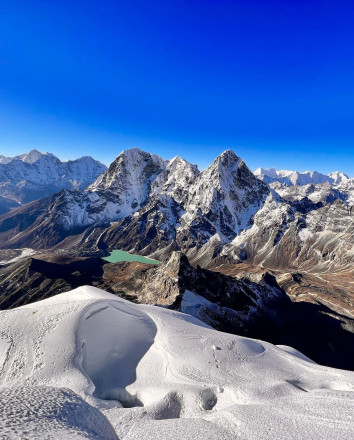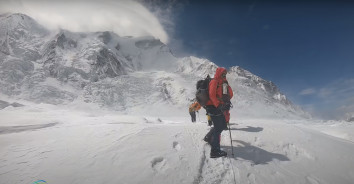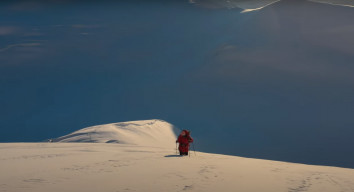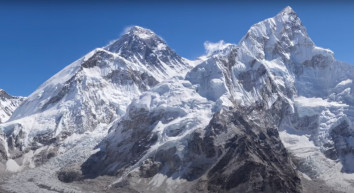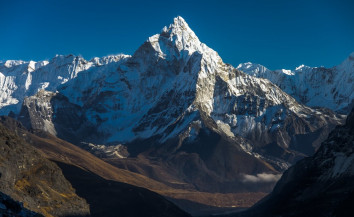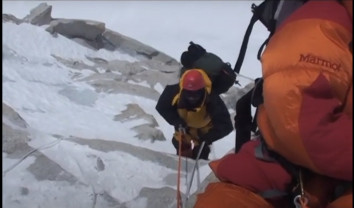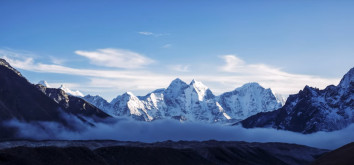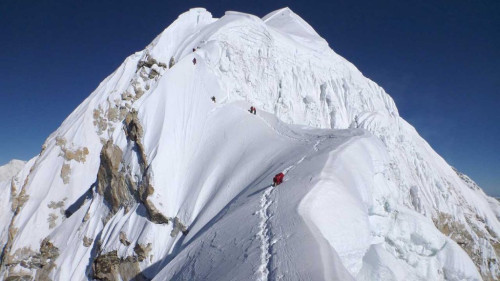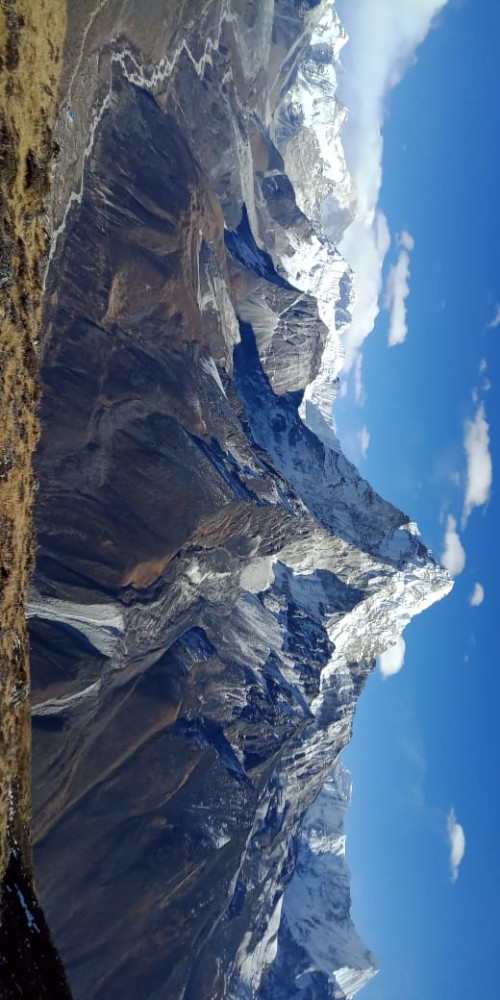Annapurna Expedition Overview
Annapurna I, at 8,091 metres, is the first 8,000 metres peak climbed before Everest or another 13 8,000 metres. On a fine morning of 3rd June 1950, the Annapurna expedition led by Maurice Herzog and Louis Lachenal made a successful summit push. After almost 20 years, the second successful summit climb of Annapurna happened in 1970, the approach from Northwest ridge.
Annapurna I expedition- A expedition to heaven of West Nepal
The humongous Annapurna range, stretching over 55 km, houses more than 30 peaks. It includes one peak over 8,000 metres, thirteen 7,000 metres tall, and sixteen mountains over 6,000 metres. Embraced by Kali Gandaki, Marshyangdi, and Pokhara from the west, east, and south, Annapurna Sanctuary is ideal for the Annapurna I expedition, 7,000 metres peak expedition, and Annapurna region trekking.
Annapurna expedition, popularly known as the Annapurna I expedition, takes you to the heavens of the Himalayas. The rewarding summit pushes an entire expedition duration at Annapurna base camp and lets you glance at six prominent peaks in the Annapurna range. They are Annapurna I at 8,091 metres, Annapurna II, III, and IV at 7,937 metres, 7,555 metres, and 7,525 metres. The other two member peaks include Annapurna South at 7,219 metres and Gangapurna, towering over 7,455 metres.
Arduous Annapurna expedition climbing route
Annapurna I, the 10th highest mountain in the world, is a lot more technically arduous peak to climb. It's the reason why few climbers prefer the Annapurna expedition ahead of Everest and other mountains in Nepal.
Since the first expedition some 60 years ago, the climbing route of Annapurna has a notorious reputation. The vertical slopes of more than 50 degrees inclination on the South Face of Annapurna I is considered the most arduous route in the Himalayas. The treacherous wall extends to almost 3,000 metres, creating climbing chaos among climbers.
Till Spring 2022, the reported summit on the Annapurna expedition is 365, where the fatality is around 20%.
Route to Annapurna I summit from Southwest ridge
The most preferred route to the Annapurna expedition is the SouthWest ridge. But, some audacious climbers, most experienced ones, prefer Northwest ridge. Throughout the Annapurna I climbing period, we'll have four high camps and an Annapurna base camp.
Let's briefly explore these routes and high camps.
Annapurna Base Camp North at 4,190 metres
For the Annapurna I expedition, we'll first reach Annapurna Base Camp at 4,200 metres via Tatopani, Lete, Thulo Bugin, Hum Khola, and Mitisti Khola at 4,130 metres. We; 'll trek further to Annapurna Base Camp North at 4,190 metres and prepare for the climbing period for almost a month.
World Expedition Nepal will arrange logistics, guides, porters, and camps at the base camp. We'll place our tented camps on safer grounds free from avalanches. Before the climbing team reaches the Annapurna Base Camp North, our logistics team will be there to set up camps, tents, kitchens, and necessary logistics. You'll have personal tents for overnight, a shared toilet tent, a kitchen tent, and shower tents.
The most time you'll spend throughout the Annapurna I climbing will be at the base camp, which will be your home for a month. During Annapurna climbing time, you'll follow acclimatisation, routine climbs, work on techniques, and get proper rest.
The camps of different teams will be within walking distance, where you'll meet members from other expeditions. You'll be around highly motivated climbers, guides, and expedition leaders.
Annapurna I - Camp I at 5,200 metres
Climbing to Annapurna High Camp I at 5,200 metres lets you acclimatise and excel in climbing techniques. Our climbing Sherpa guide will prepare you for Camp I ascent.
The hike to Camp I will be on arduous terrain of rocks, snow, and ice. The first camp will be on a 25-degree slope on an avalanche-free glacier. Sherpa guides will fix the rope as the climb to Camp I is somehow technical.
You don't need to stay at Annapurna Camp I if you're technically and physically fit to climb further to Camp II at 5,700 metres.
Annapurna I- Camp II at 5,700 metres
With a few arduous sections of ridges filled with ice, snow, and rocks, we'll climb into much safer zones for overnight sleep. But, to reach Camp II, you'll have to climb through the huge boulders before making your way to the glaciers.
The steep blue ice walls might become difficult for you because of their steepness of more than 45 degrees. This section often rises to 60-degree slopes. The mandatory crossing, a 60-metre rock wall, is often termed the crux of the overall climb route. The Annapurna I Camp II roofs the beautiful snowy terrace.
Annapurna I- Camp III at 6,500 metres
Among all high camps in Annapurna I, the climb length between Camp II and III is the longest. It extends over 800 metres. The best part is the climbing Sherpa will fix the 80% of fixed lines above camp II.
First, you'll hike on a route that follows east and west and climb the arduous 55-degree inclined wall that towers to 500 metres. Even though it's big, climbers find this section comfortable, but not to neglect. The snow and ice of this ridge are susceptible to avalanches during autumn.
Annapurna I - Camp IV at 7,100 metres
You'll have to traverse seracs and crevasses from Camp III to Camp IV. The panoramic glimpses of Annapurna range from 7,100 metres to Camp IV certainly satisfy the tired mind and body. The climbers will require oxygen from this point. Thus, for you, our Sherpa porters will provide bottled oxygen.
The three-hour climb on 55-degree steep ice walls requires the skills of climbing in a fixed-line. Like Camp III, some sections on the Camp IV route are avalanche prone in Autumn. The benefit of setting Camp IV at 7,100 metres is to make the summit push shorter.
Annapurna expedition- Summit Push
The main event of the Annapurna expedition or any expedition is the summit push, a successful climb, and return.
We'll prepare for the summit push around midnight and reach the summit at around 7 am.
Blue ice makes most sections to the summit arduous. The 900 metres fixed line is a must for this climb. Throughout the summit push, the climbing is not technically demanding everywhere. We'll reach the false summit, climb the exposed ridge, and then to the actual Annapurna I summit. The rewarding summit push offers the glimpses of Annapurna range, Dhaulagiri, Gangapurna, etc.
We'll descend the same route back to high camps and try to make the descent back to base camp.

 Recommended On
Recommended On
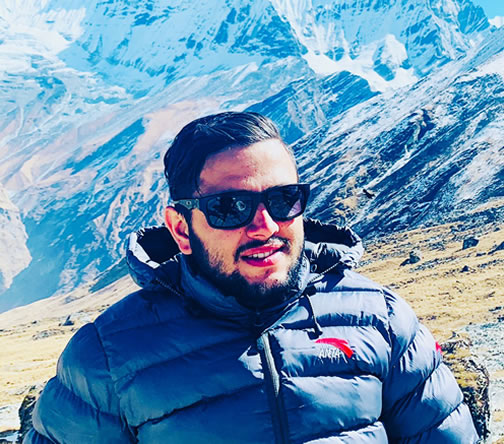



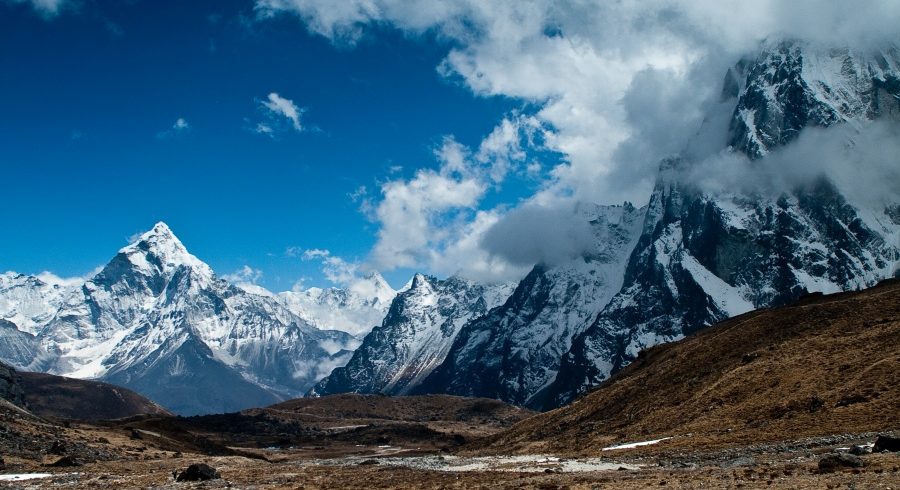
 8000m Peak Climbing , Nepal
8000m Peak Climbing , Nepal  66 Days
66 Days  US$31000
US$31000
